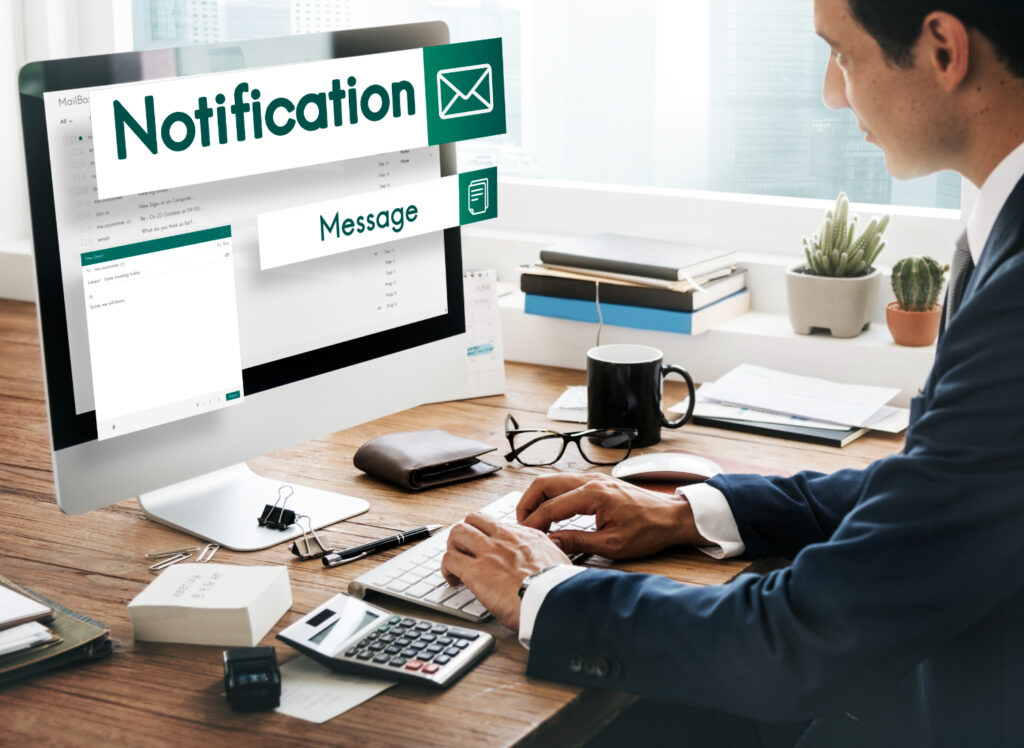
Email Marketing Campaign That Actually Work for Small Businesses
Email marketing serves as an effective resource for small businesses to engage directly with their audience. Its cost-effectiveness and efficacy make it one of the top methods for small business owners to cultivate relationships and boost sales. Nonetheless, developing an effective email marketing campaign necessitates careful planning, strategic thinking, and a solid grasp of your intended audience.
Building and Growing Your Email List
A successful email marketing campaign starts with a solid email list. For small businesses, the quality of your email list matters more than quantity. A list filled with engaged and interested subscribers will yield better results than one that is inflated with uninterested recipients.
To grow your email list, ensure that you’re capturing email addresses at every opportunity. Start by placing sign-up forms on your website. These forms should be easy to find, such as in the header, footer, or as a pop-up on high-traffic pages. Be clear about what subscribers will gain by signing up, whether it’s exclusive content, discounts, or regular updates.
Social media is another great option for increasing email list size. Leverage your platforms to advertise your email newsletter by posting links to your registration page and outlining the advantages of subscribing. Providing something in exchange—such as a complimentary resource or exclusive discount code—can enhance motivation for sign-ups.
If your business operates offline, don’t miss the chance to collect email addresses in person. Whether through a sign-up sheet at your store or by using a tablet at checkout, make it convenient for customers to join your list. Lead magnets such as e-books, how-to guides, or access to exclusive sales can also attract potential subscribers.
To preserve the quality of your email list, frequently assess and tidy it by eliminating inactive subscribers. This not only enhances your engagement metrics but also guarantees that your emails are reaching individuals who are truly interested in your content. Always ensure adherence to data protection regulations and obtain clear consent before including anyone in your email list.

Crafting Irresistible Subject Lines
The subject line is your first opportunity to grab the attention of your audience. An effective subject line can make the difference between your email being opened or ignored. For small businesses, crafting compelling subject lines is essential for maximizing the impact of your campaigns.
Subject lines should be concise yet intriguing. Most email clients display only the first 50 to 60 characters, so make them count. Aim to provide a glimpse of the value inside the email without giving everything away. For example, instead of “Sale on Shoes,” try “Your Favorite Shoes Are 30% Off Today Only!”
Instilling a feeling of urgency frequently proves effective. Expressions such as “Exclusive Time Deal” or “Purchase Now Before It Disappears” encourage quick responses and make your email more noticeable in busy inboxes. Customization is yet another effective instrument. Incorporating the recipient’s name or mentioning their recent dealings with your company can create an impression of personalization and relevance in the email. For instance, “Sarah, Your Exclusive Discount Code Awaits!” is more captivating than a standard subject line.
Testing your subject lines is equally important. A/B testing allows you to experiment with different wording, styles, and lengths to see what resonates best with your audience. Analyze open rates and use these insights to continuously refine your approach.
Personalization and Segmentation
Generic emails rarely perform well. In today’s marketing landscape, customers expect personalized and relevant communication. For small businesses, email personalization and segmentation are vital for building meaningful connections with subscribers.
Personalization goes beyond including a recipient’s name. It involves using customer data to tailor content that aligns with their interests, preferences, and past interactions. For instance, if a customer recently purchased a product from you, you could send them an email suggesting complementary items.
Segmentation means categorizing your email list into smaller segments according to particular criteria, like buying behavior, geographical location, or levels of engagement. This allows you to deliver specific messages to various segments of your audience. For instance, a neighborhood café might provide special deals to local residents while advertising gift cards to subscribers from other areas.
By using personalization and segmentation together, small businesses can create email campaigns that feel more relevant and valuable. Tools like automated email workflows can further enhance this process, ensuring the right message reaches the right audience at the right time.
Designing Engaging Email Content
Your email’s design and content play a crucial role in its success. Engaging email content combines compelling visuals with concise, action-oriented text. For small businesses, the goal is to keep it simple yet impactful.
Start with a clean and visually appealing design that reflects your brand. Use colors, fonts, and imagery consistent with your other marketing materials to create a cohesive experience. A responsive design is essential, as many people check emails on their mobile devices. Ensure your emails look great and function well across all screen sizes.
In writing, clarity is essential. Utilize brief paragraphs, occasional bullet points, and headings to segment the text for easier scanning. Each email must include a clear call to action, whether it’s to check out your website, use a coupon, or register for an event. Position your CTA clearly and ensure it’s simple to click.
Storytelling can also be an effective way to engage your audience. Share behind-the-scenes glimpses of your business, highlight customer success stories, or introduce new products in a narrative format. Content that resonates emotionally with your audience is more likely to be remembered and acted upon.
Timing Your Emails for Maximum Impact
Timing is another critical factor in email marketing. Sending emails at the right time ensures your message is seen and acted upon. For small businesses, this means understanding your audience’s habits and preferences.
The best time to send emails often depends on your industry and audience. For example, retail businesses may find success with emails sent during midweek mornings, while restaurants might benefit from promoting dinner specials in the late afternoon. Testing different send times can help you identify what works best for your audience.
The importance of frequency is just as significant. Overloading subscribers with excessive emails may result in fatigue and a rise in unsubscribes. Conversely, transmitting an inadequate number of emails may lead your audience to overlook your business. Aim for equilibrium by upholding a regular timetable without inundating your subscribers.
Automated emails, such as welcome messages and post-purchase follow-ups, can help you stay engaged with your audience without additional effort. These timely communications provide value and keep your business top-of-mind.

Analyzing and Optimizing Campaign Performance
The success of your email marketing campaigns depends on your ability to analyze and optimize their performance. For small businesses, tracking key metrics provides valuable insights into what’s working and where improvements are needed.
Metrics like open rates, click-through rates, and conversion rates are essential indicators of your campaign’s effectiveness. A low open rate might suggest issues with your subject lines, while a low click-through rate could point to problems with your content or CTAs.
Utilize the information gathered from your campaigns to improve your strategy. Test various elements, including subject lines, email layouts, and content formats, to determine what yields the most effective results. A/B testing can be especially useful for making educated choices regarding what connects with your audience.
Feedback from subscribers is another valuable source of insights. Encourage recipients to share their thoughts through surveys or direct responses. Understanding your audience’s preferences and pain points can guide future email campaigns and foster stronger connections.
Conclusion
Email marketing for small businesses is one of the most powerful methods to engage with customers, enhance loyalty, and increase revenue. By concentrating on developing a quality email list, designing engaging subject lines, customizing content, and evaluating performance, small businesses can launch campaigns that genuinely connect.
Whether you’re just starting out or looking to refine your existing efforts, these strategies provide a solid foundation for success. With dedication and a customer-centric approach, email marketing can be a game-changer for your small business.
